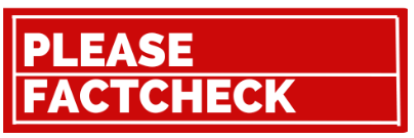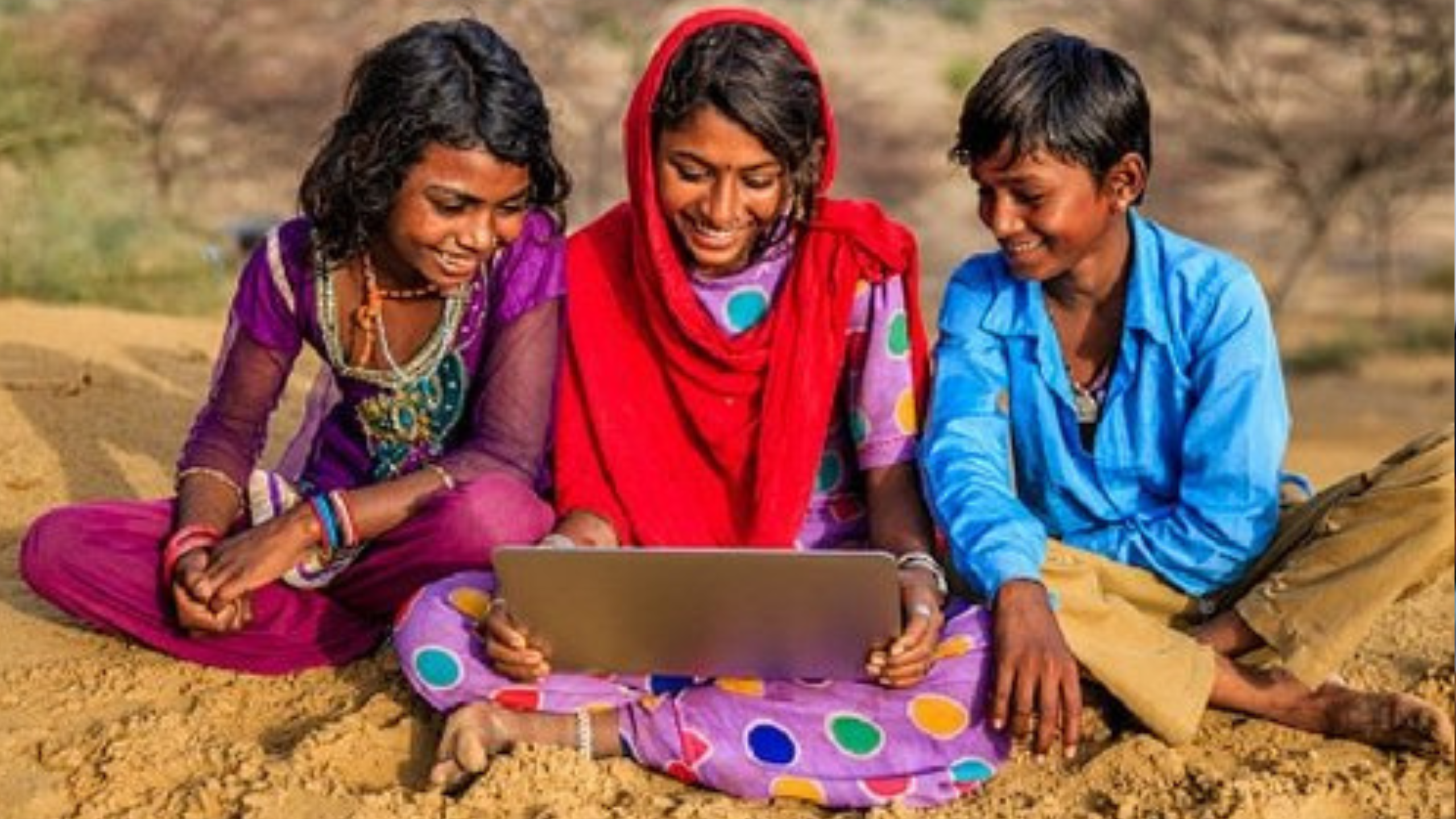Can you tell fact from fiction online?
It’s a question that defines our times—because in today’s digital world, not knowing the answer can be dangerous.
In an age of AI-generated content, viral disinformation, and politicized media narratives, teaching students how to navigate the internet is no longer a luxury. It’s a national necessity. But here’s the problem: many schools aren’t treating digital literacy as the urgent, foundational skill it truly is.
So, what’s going wrong? And more importantly, what can be done to fix it?
The Illusion of “Critical Thinking”
Educators, policymakers, and parents often say, “We need to teach students to think critically.” But what does that even mean?
Too often, “critical thinking” is treated like a vague trait—like grit or curiosity—rather than what it really is: a discipline-specific skill that must be taught deliberately, with context. Students don’t just become better thinkers by being told to “be skeptical.” They learn to reason through guided practice, deep content knowledge, and exposure to real-world scenarios.
That’s where history—and by extension, social studies education—comes in.
History Isn’t Just About the Past. It’s a Tool for the Future.
A well-taught history class can do more than help students memorize dates. It can teach them how to analyze sources, question motives, and identify bias. In short: it builds the intellectual muscles needed to recognize propaganda, fake news, and manipulative narratives.
Researchers call this historical thinking—an evidence-based approach to evaluating claims about the past. When paired with civic online reasoning, it becomes a powerful tool for understanding the present.
But here’s the catch: it only works when students are equipped with background knowledge.
Why Background Knowledge Matters More Than Ever
Critical thinking does not happen in a vacuum. Studies show that people don’t recognize lies online because they’re unintelligent—it’s often because they lack the foundational knowledge to detect the lie.
For example, if you didn’t know Thomas Jefferson believed in a separation of church and state, you might fall for a viral meme that falsely claims he didn’t. Without that context, the lie looks plausible.
The takeaway? Factual knowledge triggers skepticism. When students know history, they’re better able to call out distortions of it.
Case Study: How Finland Fights Fake News with Education
Finland, often ranked as one of the most media-literate nations in the world, tackled online disinformation not by banning content—but by teaching students how to detect it.
Starting as early as elementary school, Finnish students are taught how to evaluate claims, verify sources, and challenge digital content. Teachers incorporate media analysis into everyday lessons. The result? A citizenry that can scroll with skepticism.
Meanwhile, in the U.S., many schools are reducing time spent on history and civics due to high-stakes math and reading tests. Ironically, this weakens students’ overall ability to read and think critically—because all literacy is rooted in what we already know.
The American Classroom Is at a Crossroads
Social studies teachers are now fighting a battle on two fronts. On one side, there’s the pressure to focus on “testable” subjects like math and reading. On the other, there’s the rising wave of political censorship, banning books and discussions about race, gender, and history.
The result? Students are left without the tools to process real-world issues—and that’s a deliberate consequence. Because when a generation can’t distinguish facts from spin, it becomes easier to manipulate them.
This isn’t just a curriculum issue. It’s a democracy issue.
A Real-World Use Case: What Happens Without Digital Literacy
Imagine this: A viral video circulates on TikTok claiming that minimum wage increases always lead to massive job loss. It looks legit. It uses charts. It sounds confident.
A student without historical or economic context might believe it. They might even share it. But a student trained in civic online reasoning would ask:
- Who made this video?
- What’s the source of the data?
- Are there other perspectives?
- What do historical trends show?
That student is more than a digital consumer—they’re a digital citizen.
The Verdict: It’s Time to Treat Digital Literacy Like the Essential Life Skill It Is
- Misinformation is a threat to public health, civil rights, and free elections.
- Digital literacy can’t wait until college. It must begin early—and it must be integrated into social studies and history.
- We must teach students how to think critically about content—not just consume it.
The future of democracy depends on a population that can’t be easily fooled. That future starts in the classroom.

